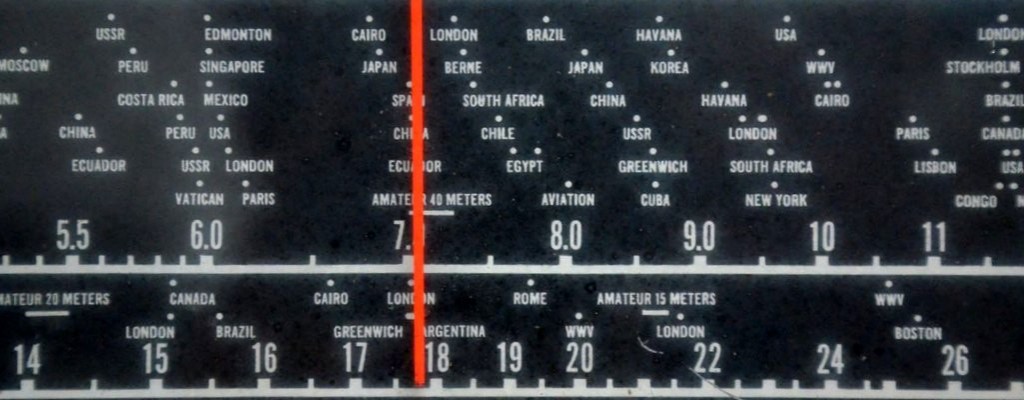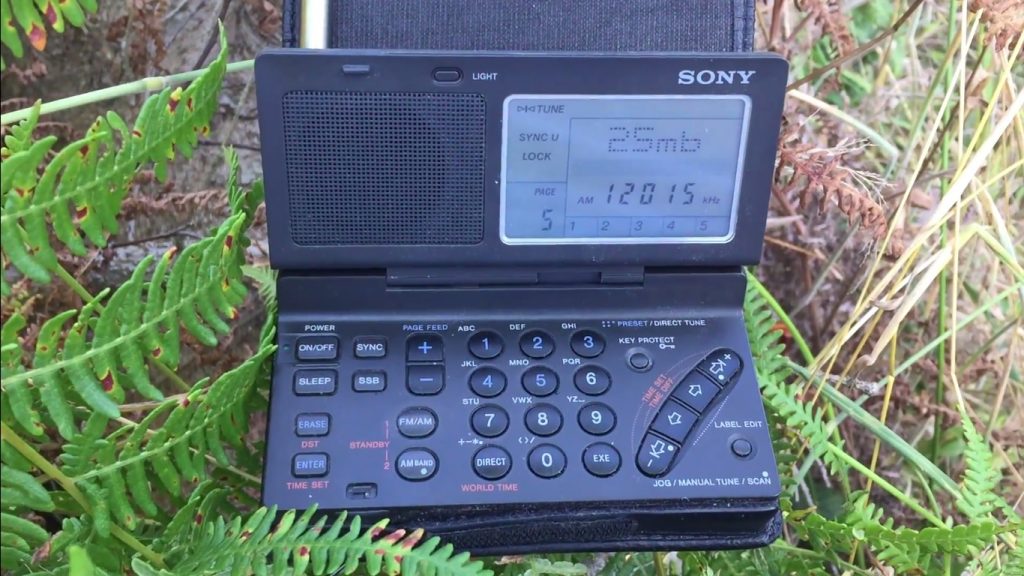Many thanks to SWLing Post contributor, Richard Langley, who shares the following message he recently received from Ray Robinson, VP of Global Operations with The Voice of Hope. This message is being relayed with Robinson’s permission:
I have seen a few messages lately, regarding the non-appearance of ZNBC-1 on 5915 kHz in their early mornings. You may be aware of the rolling power outages called ‘load shedding’ the electricity utility in Zambia, ZESCO, continues to impose daily throughout the country. The outages are at different times in different areas, but at the Voice of Hope transmitter site, the outages have been effect from 6-10am local (0400-0800 UTC) since September. The ZNBC shortwave site is only a few miles from ours, and it would be logical they are on the same outage schedule. I know from when our staff visited their site a few months ago to buy some distilled water for our transmitter cooling systems before our own still was up and running, that ZNBC’s genset is not currently operational, and I don’t believe they have the budget either to repair it, or to buy diesel for it, if it was repaired and functional.
My guess is they have decided it is not really worth the effort to broadcast for the hour or so from 0245 UTC until whenever the power goes out. (This is just my speculation.) They do use 5915 later in the day after the much cheaper hydro power returns, but of course by then, the propagation conditions do not favor inter-continental reception.
As for Voice of Hope – Africa, we had expected the load shedding to end by December (two months into the Zambian rainy season), but alas the outages are continuing, with no sign of any change soon. Our own weekday morning broadcasts on 9680 and 11680 kHz have been entirely powered from our genset since September. This is expensive, and unsustainable. We have therefore decided to make a schedule change from next Monday. Instead of broadcasting weekday mornings from 0500-0800 UTC, we will switch to weekday evenings from 1700-2200 UTC, extending the duration of the broadcast from three hours to five. The last two hours will be ‘Night Light’ presented by Stephen Mdoma, reprising a program he used to present late nights years ago when the station was known as Christian Voice We will be using the frequencies 4965 kHz (omni) and 6065 kHz (to West Africa), which may also afford better opportunities for reception in ECNA after local dusk. The program schedule on our website will be updated this weekend. We plan to re-launch the morning broadcasts once the load shedding ends. I thought you might like to know.
Ray Robinson
Vice President, Global Operations
Strategic Communications Group – Voice of Hope
Los Angeles and Lusaka
http://www.voiceofhope.com
Richard adds that Ray Robinson has also confirmed the weekend schedule is unaffected.
Many thanks for sharing this news, Richard!


